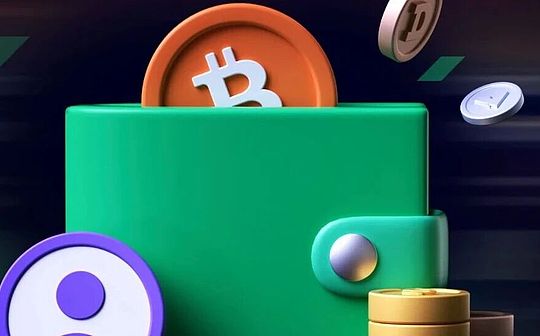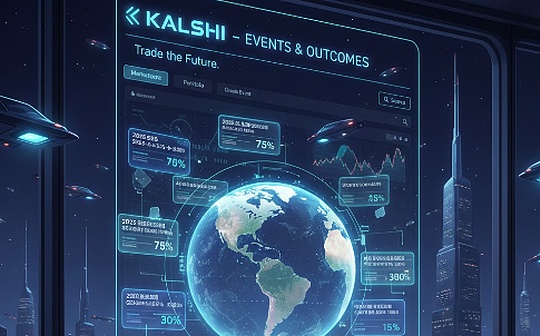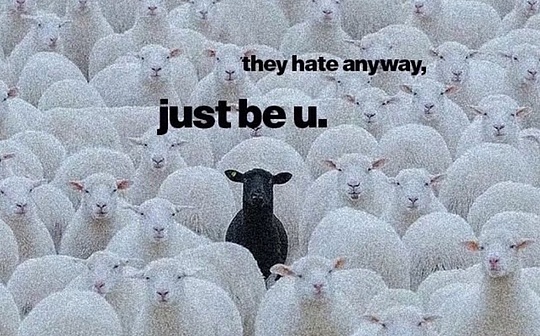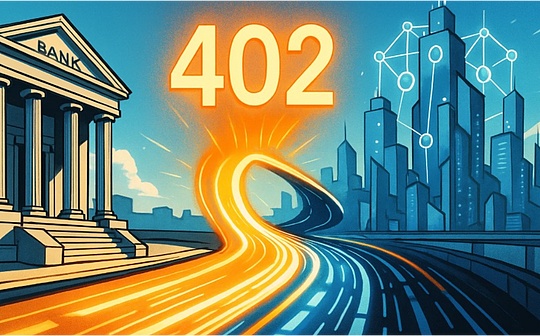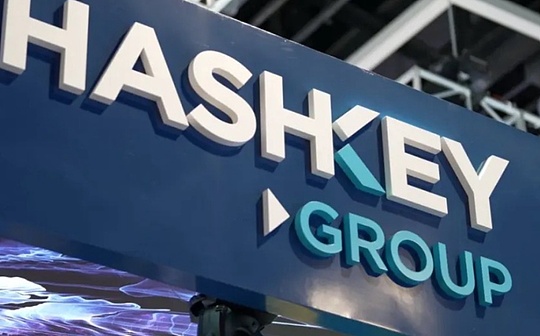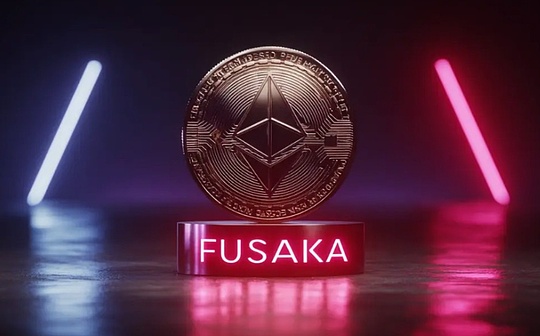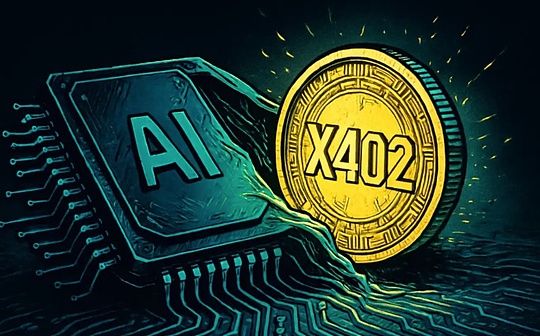
Author: AC-CORE, YBB Capital Researcher Source: Medium Translation: Shan Ouba, Bit Chain Vision Realm
summary
-
Recently, Solana and Dialect jointly launched the new concept of Solana “Actions and Blinks”, which achieved one -button function such as exchange, voting, donations, and coins through the browser extension.
-
Actions promotes the efficient execution of various operations and transactions, and Blinks records the network consensus and consistency through time synchronization and order records.They together enable Solana to provide high -performance, low -delayed blockchain experience.
-
The development of Blinks requires the support of Web2 applications, which brings problems such as trust, compatibility, and cooperation between Web2 and Web3.
-
Compared to Farcaster and Lens Protocol, Actions and Blinks rely on web2 applications to obtain traffic, while the latter rely more on the security of the chain.
1. Actions and blinks working principles
>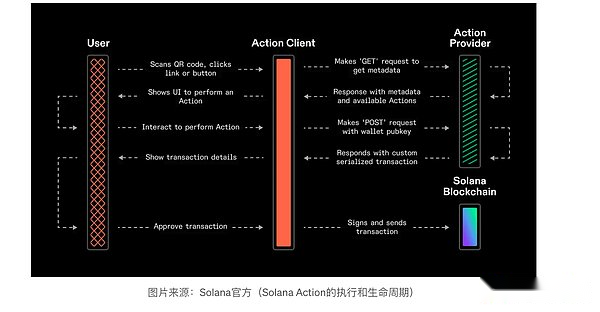
1.1ACTIONS (Solana Actions)
According to the official definition: Solana Actions is a standardized API that returns transactions on the solana blockchain.These transactions can preview, sign, and send in various environments, including QR codes, buttons + small components, and websites on the Internet.
Actions can simply understand the transaction waiting for signature.Extending, in the Solana network, Actions is an abstract description of the transaction processing mechanism, covering various tasks such as transaction processing, contract execution, and data operation.Users can send transactions through ACTIONS, including transfer and purchase digital assets.Developers call and execute smart contracts through Actions to achieve complex chain logic.
-
Solana uses “transactions” to handle these tasks, and each transaction consists of a series of instructions performed between specific accounts.Through parallel processing and the Gulf Stream protocol, Solana forwarded the transaction pre -forwarder to the verification person, thereby reducing confirmation delay.With a fine -grained lock mechanism, Solana can handle a large number of non -conflict transactions at the same time, thereby significantly improving the system throughput.
-
Solana uses Runtime to execute transaction and smart contract instructions to ensure the correctness of transaction input, output and status during execution.After the initial execution, the transaction is waiting for the block confirmation.Once most of the verifications agree, the transaction is considered a final transaction.Solana can handle thousands of transactions per second, and the confirmation time is as low as 400 milliseconds.Thanks to the PIPELINE and Gulf Stream mechanism, the throughput and performance of the network have been further enhanced.
-
Actions are not just tasks or operations, they can be trading, contract execution or data processing.These operations are similar to transactions or contract calls in other blockchain, but Solana’s ACTIONS has unique advantages: 1. High -efficiency processing: Solana designed a efficient method to process ACTIONS, so as to quickly execute in large -scale networksEssence2. Low latency: SOLANA’s high -performance architecture ensures that the processing delay of Actions is very low, and supports high -frequency transactions and applications.3. Flexibility: ACTIONS can perform a variety of complex operations, including smart contract calls and data storage/retrieval (please refer to the expansion link for more details).
1.2 Blinks (blockchain link)
According to the official definition: Blinks can convert any Solana Action to a shared and metable -rich link.Blinks enables clients that support ACTION (browser extension wallet, robot) to show users more features.On the website, Blinks can immediately trigger the trading preview in the wallet without the need to redirect to the decentralized application; in Discord, the robot can expand Blinks into a set of interactive buttons.This allows any web interface to display URL to achieve chain interaction.
Simply put, Solana Blinks converts Solana Actions into shared links (similar to HTTP).By enabling related functions in supporting wallets such as Phantom, Backpack, and Solflare, websites and social media can become a place for chain transactions. Any website with URL can directly initiate Solana transactions.
All in all, although Solana Actions and Blinks are the agreement / standards that do not need to be permitted, they still need client applications and wallets to help users sign the transaction compared with the intention to describe the solution device.
Actions & amp; Blinks’s direct goal is to operate “HTTP” on the chain of Solana to analyze it into a Twitter web2 application.
>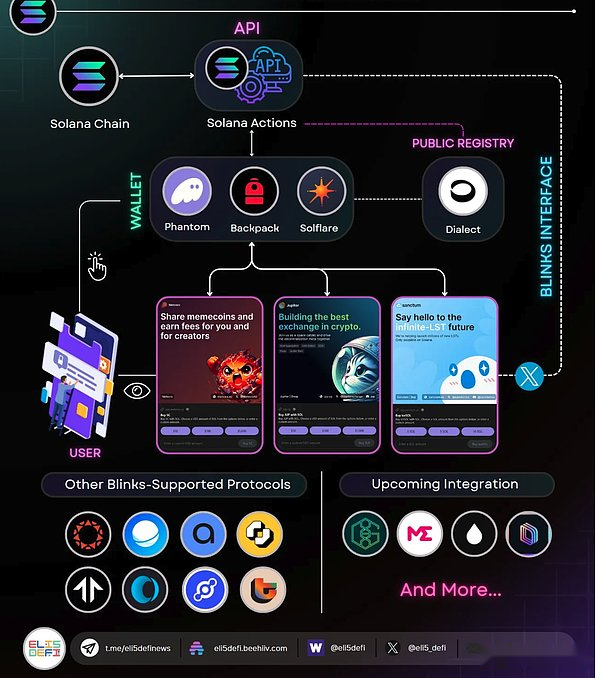
2. Decentralized social protocol on Ethereum
2.1 Farcaster protocol
Farcaster is a decentralized social graph protocol based on Ethereum and Optimism. It supports applications to interconnect technology through blockchain, P2P networks, and distributed ledger.This allows users to seamlessly migrate and share the content of different platforms without relying on a single center center.Its open map protocol (can be automatically extracted from the link published in social network posts and injects interactive functions) allows automatic extraction of content shared by users and converted it into an interactive application.
Decentralization network: Farcaster relies on decentralized networks to avoid the problem of single -point failure in the centralized server in traditional social networks.It uses distributed ledger technology to ensure the security and transparency of data.
Public key encryption: Every user on Farcaster has a pair of public key and private keys.The public key is used to identify users, and the private key is used to sign the user’s operation.This method ensures the privacy and security of user data.
Data portability: User data is stored in a decentralized storage system, not a single server.This allows users to fully control its data and migrate it between different applications.
Verifying identity: Through public key encryption technology, Farcaster ensures that each user’s identity is verified.Users can prove their control of accounts through signature behaviors.
Decentralized identifier (DID): Farcaster uses decentralized identifier (DID) to identify users and content.DID is based on public key encryption and has high security and invariance.
Data consistency: In order to ensure the consistency of the data of the entire network, Farcaster uses a consensus mechanism similar to a blockchain (with the “post” as a node).consistency.
Decentralization application: Farcaster provides a development platform that allows developers to build and deploy decentralized applications (DAPPS).These applications can be seamlessly integrated with the FarCaster network, providing users with various functions and services.
Security and privacy: Farcaster emphasizes the privacy and security of user data.All data transmission and storage are encrypted, and users can choose to make the content open or keep secret.
In Farcaster’s new Frames function (different Frames can integrate and run independently with FarCaster), users can turn “posts” (similar to posts, including text, pictures, videos, and links).These contents are stored in decentralized networks to ensure its permanentness and non -tampering.Each post has a unique identifier at the time of release, so that it can be traced and passed through the decentralized authentication system to verify the user identity.As a decentralized social agreement, the Farcaster client can be seamlessly integrated with Frames.
2.2 Main principles
>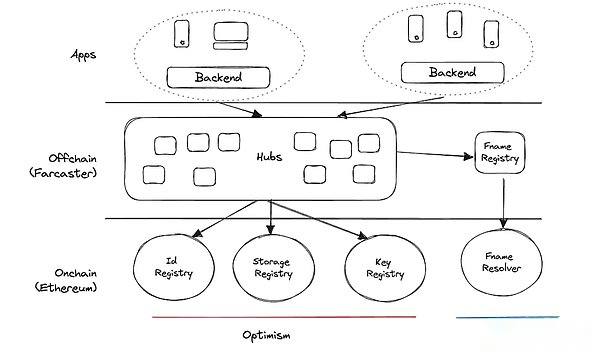
The Farcaster protocol is mainly divided into three layers: identity layer, data layer (hub) and application layer.Each layer has specific functions and functions.
Identity layer
· Function: Responsible for management and verification of user identity; provide decentralized identity authentication to ensure the uniqueness and security of user identity.It consists of four registry: ID Registry, Fname, Key Registry, Storage Registry (see Reference Link 1).
· Technical principle: Use a decentralized identity recognition device (DID) based on public key encryption technology.Each user has a unique DID to identify and verify his identity.The use of public keys and private keys ensures that only users can control and manage their identity information.The identity layer ensures seamless migration and authentication across different applications and services.
Data layer -hub
· Function: Responsible for storing and managing data generated by users to provide data storage systems that ensure data security, integrity and accessible.
· Technical principle: HUB is a decentralized data storage node distributed in the network. Each HUB, as an independent storage unit, is responsible for storing and managing some data.The data is distributed in HUB and is protected with encryption technology.The data layer ensures the high availability and scalability of the data. Users can access and migrate their data at any time.
Application layer
· Function: Provide platforms that provide development and deployment decentralized applications (DAPPS), and support various application scenarios such as social networks, content release and message transmission.
· Technical principle: Developers can use APIs and tools provided by FarCaster to build and deploy decentralized applications.The application layer is seamlessly integrated with the identity layer and the data layer to ensure the authentication and data management during the application of the application.Decentralized applications are running on the decentralized network, which does not depend on centralized servers, thereby enhancing the reliability and security of the application.
2.3 Summary of the above content
Solana’s actions & amp; blinks aims to open up the traffic channel for Web2 applications.Direct impact: user perspective: simplify transactions, while increasing the risk of funds being stolen.Solana perspective: greatly enhanced the effect of cross -border traffic, but faced with compatibility and support challenges under the review regulations of Web2.In the future, the development of Solana’s huge ecosystems, such as Layer2, SVM, and mobile operating systems, may further enhance these capabilities.
On the other hand, the Farcaster protocol of Ethereum compared to Solana’s strategy, it weakened the integration of Web2 traffic and enhanced the overall anti -examination ability and security.Farcaster+EVM’s mode is closer to the native concept of Web3.
2.4 Lens protocol
>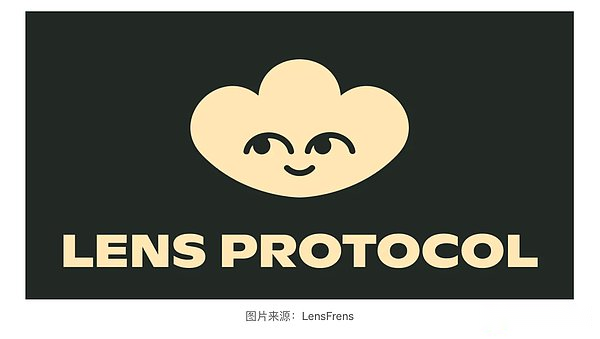
Lens Protocol is another decentralized social graph protocol, which aims to allow users to fully control their social data and content.Through Lens Protocol, users can create, own and manage their own social maps, and these social maps can be seamlessly migrated between different applications and platforms.The protocol uses NFT to represent the user’s social map and content to ensure the uniqueness and security of the data.Lens Protocol is positioned in Ethereum, which has something similar to Farcaster:
Similarity:
-
User control: In these two protocols, users can completely control their data and content.
-
Identity verification: All decentralized identifier (DID) and encryption technology are used to ensure the safety and uniqueness of the user’s identity.
difference:
Technical architecture:
-
Farcaster: Boarded on Ethereum (L1), divided into identity layers (for managing user identity), data layers (the hub for decentralization storage nodes) and application layers (for providing DAPPS development platforms), use offlineThe hub spreads data.
-
Lens Protocol: Based on Polygon (L2), using NFT to represent the user’s social maps and content, all activities are stored in the user’s wallet, emphasizing data ownership and portability.
Verification and data management:
-
Farcaster: Use a distributed storage node (HUBS) to manage data, ensure security and high availability, and use an incremental chart for annual processing and consensus.
-
Lens Protocol: Personal data NFT ensures the uniqueness and security of the data and does not need to be updated.
Application ecosystem:
-
Farcaster: Provide a comprehensive Dapps development platform, seamlessly integrated with its identity and data layer.
-
Lens Protocol: Focus on the portability of users’ social maps and content, and support seamless switching between different platforms and applications.
Through comparison, we can see that Farcaster and Lens Protocol have similarities in user control and authentication, but there are significant differences in data storage and ecosystems.Farcaster emphasizes layered structure and decentralized storage, while Lens Protocol emphasizes the use of NFT to achieve data transplantability and ownership.
3. Which of the three can take the lead in achieving scale applications?
Through the above analysis, the three protocols have their own advantages and challenges.With its high performance and the ability to transform any website or application into cryptocurrency trading gateways, Solana uses the advantages of social media platforms and Blinks to easily generate links.However, it brings a trade -off between Web2’s dependence on traffic and safety.
Lens Protocol was founded in 2022. It uses its modular design and chain storage to provide good scalability and transparency to seize early market opportunities, but may face the challenges of cost and scalability and market FOMO emotions.
The advantage of Farcaster is that its design is closest to the Web3 principle, the most decentralized, but this also brings technical iterative and user management challenges.

